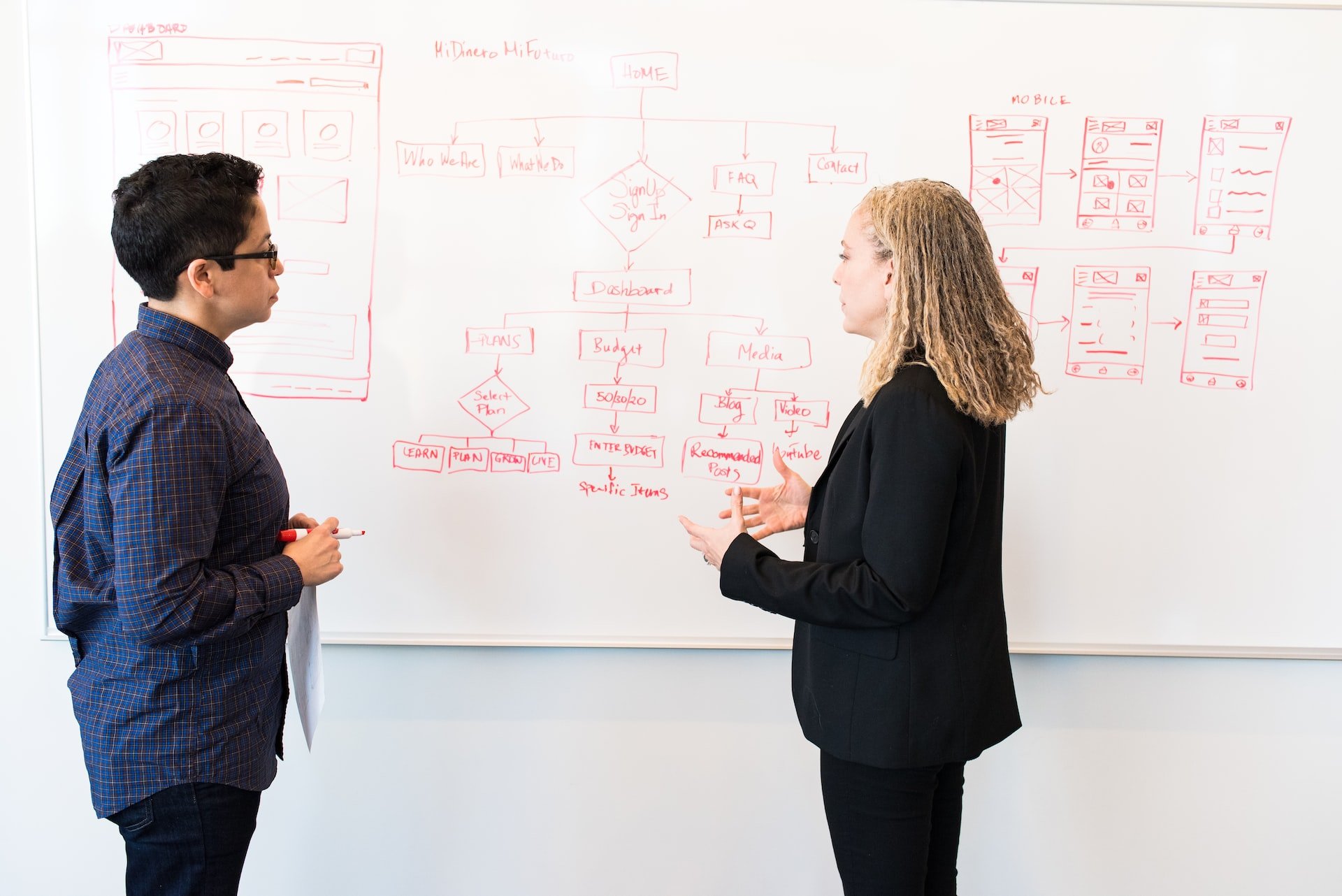
Corporate and government
Customers are customers, regardless of the size of your business the same rules apply when designing products and services for humans
What does change, is the process
We have experience working with start ups, enterprise, state and federal government.
Customer research
Feel confident in your design decisions by understanding your customers better.
UX strategy
Know where you’re going and how to get there with a strategy that provides clear, actionable and achievable ways to increase customer engagement.
Product design
Need help getting your website or app from an idea in your head to a design spec?
Guided support
Don’t have a lot of budget and feel like you’re spinning your wheels doing it yourself?
We can help you get on track with some simple techniques like journey mapping or customer profiling.
Expert analysis
Are you happy with you website or app but you know something isn’t quite right.
An expert analysis can identify friction or drop off points your customers are finding.
Add your pricing strategy. Be sure to include important details like value, length of service, and why it’s unique.
Training
Build skills, get un-stuck or update your knowledge with standard or custom designed training.
Ways we can help
-
Usually done at the beginning of a project or when targeting a new audience type. We’ll help you define what you already know and what you want to learn.
We can manage the whole process and will present you with an analysis of key findings (the things most important to your design) and anything else we learn.
-
Understand how consumers interact with others in your market to understand your unique point of difference, areas you can improve and opportunities.
-
Walk through the shoes of your customer with a journey map. Think of it like a visual story board of a customer completing a specific task like signing up.
See where customers encounter friction, barriers or errors.
Understand how and why customers move between different devices or touch points with your business.
Journey maps help prioritise areas for improvement, devices to support or errors you’re not already aware of.
-
Personas are synthetic representations of your customers.
They allow you to quickly see your design solution through the eyes of your different customers.
Personas are different to market segments, they have more detail allowing you to identify with your customers quickly through information like goals, frustrations, age, income, home life, education and hobbies.
-
Document your design to present to stakeholders or with the right level of detail to ensure your development team know exactly what to build.
Think of it like an instruction book made up of images and specifications of what happens when a user clicks on something.
It is critical to get the level of detail right, particularly if your development team are not in-house.
-
Find problems in your proposed design solution before spending your budget on development costs and finding out later.
Not sure what you need?
We can’t be everything to everyone
We know what we’re good at and we’re proud of if so what would be the point of making you prove you can read between the lines to understand what we don’t do?
If we try to be everything to everyone, we wouldn’t be specialists. We stick with what we know and are good at which is research, design and training.
If you’re looking for developers, brand, marketing or PR, that’s not what we do. We know a lot of people in the industry and will always help our clients find the right partners for specialist services we don’t provide.
Wondering how a project might work?
How it works
Most projects involve:
Understand what you want to learn
Define and recruit participants
Prepare research scripts and screeners
Conduct interviews
Present findings and recommendations
Average project duration:
Basic project: 1-3 weeks
Moderate project: 2-4 weeks
Complex: 3-12 weeks
Yes, you can start anytime
Idea stage:
A basic profile of your target audience, the problem you’re solving and when you hope to launch to market.
Design stage:
Wireframes, a prototype or a test version of your product.
In market:
Designs for any changes you’re planning to make soon - we don’t want to waste time testing something you’re not keeping.
What will you get?
Learn about your customer goals and the problems they’re looking to solve.
Identify usability problems before investing in build or uncover why your customers are not purchasing or returning.
Learn what your target audience like and dislike about competitor products.